Designed by Diller Scofidio + Renfro, the new linear park along the River Thames will open its doors on the Greenwich peninsula, London, this July.
In collaboration with Neiheiser Argyros, the New York-based office has created the next cultural and leisure destination in the capital of the United Kingdom, which will offer an evolving collection of public art by world-renowned artists along a garden route to run, walk and meditate. The 5-kilometer-long landscape features 9-meter high walkways that flow through trees and giant sculptures.
Kerri Sibson, Director of the Greenwich Peninsula, commented: “The Tide brings to London an unrivaled outdoor experience in the city. This bold 3D landscape opens the river, unites people, gives us art to absorb, nature to enjoy and space to escape. The most important thing is that it is a place for everyone.”
Benjamin Gilmartin, partner in charge of Diller Scofidio + Renfro, said: “The design of The Tide seeks to integrate a new public realm into the daily rhythms of the Greenwich Peninsula by uniting its currents of activity in a denser landscape. Visitors will experience the park from different points of view, from roads up to nine meters high that meander through the site to connect to the existing network of leisure, art and social life in all neighborhoods. The diverse programming along the way will act as islands that welcome waves of travelers, visitors, cyclists and runners, while also providing intimate places of pause for contemplation, conversation and observation of the people.”
The Tide will be the first elevated linear park in London. The bridges between the high “step” woods with native trees and natural vegetation provide visitors with platforms to pause, reflect and enjoy the views that surround the River Thames.
Evolving over the years, the 5-kilometer route will adapt to each new neighborhood of the Peninsula as they are built between buildings. Its distinctive black and white stripes pattern creates a bold visual experience and a sense of rhythm, the “ebb and flow” of space between the social and cultural “islands” found along the tide that reflects the movement of the neighboring river.
Text and images (source in Spanish): Plataforma Arquitectura

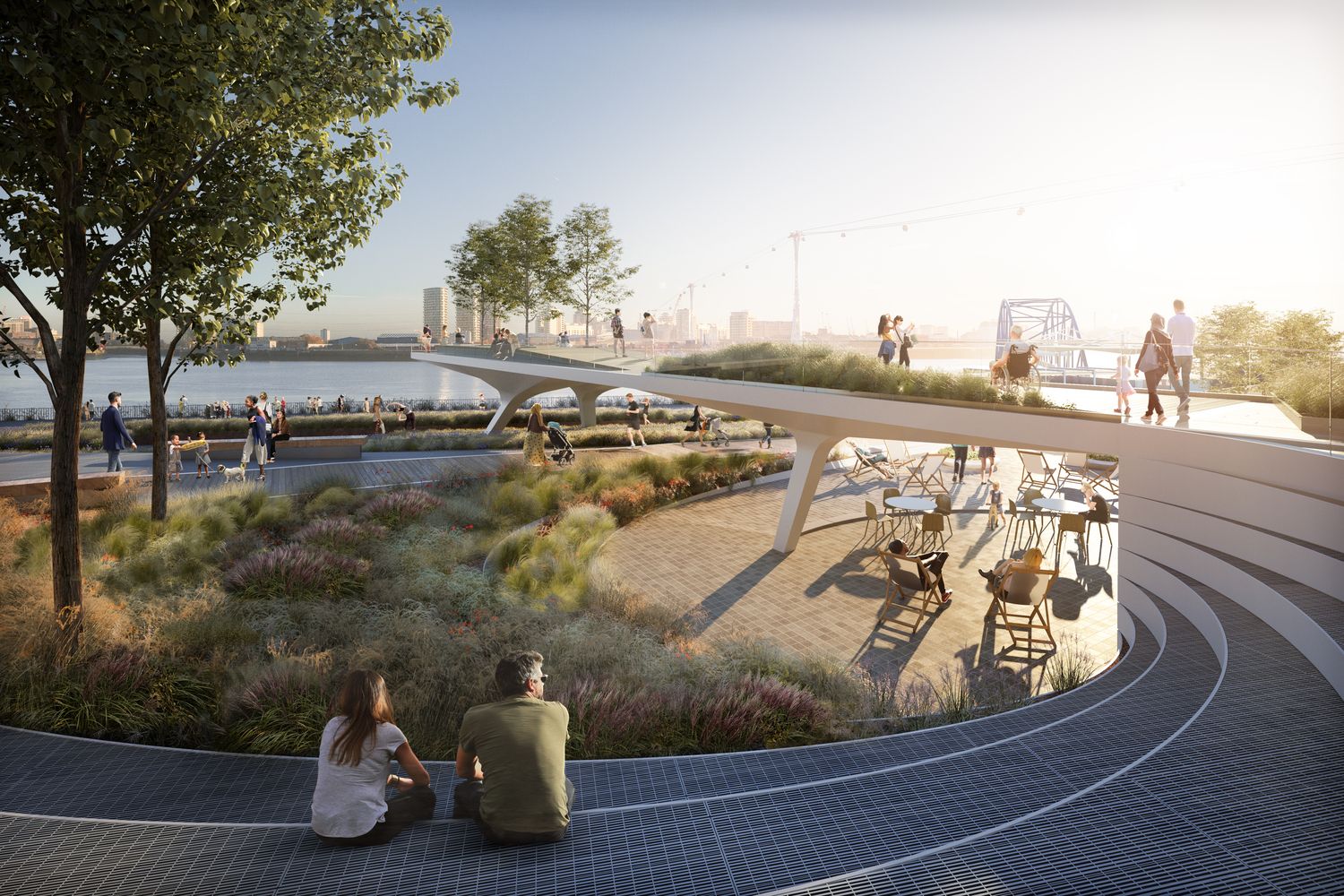


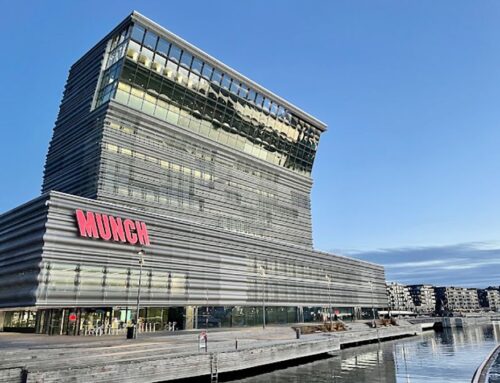
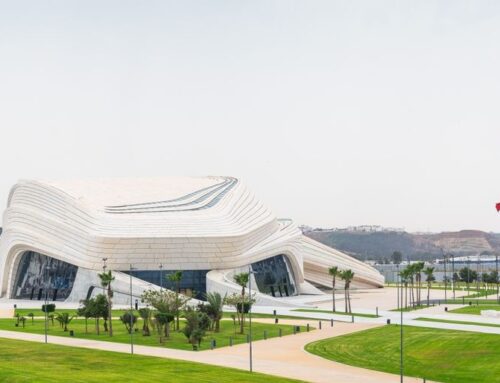
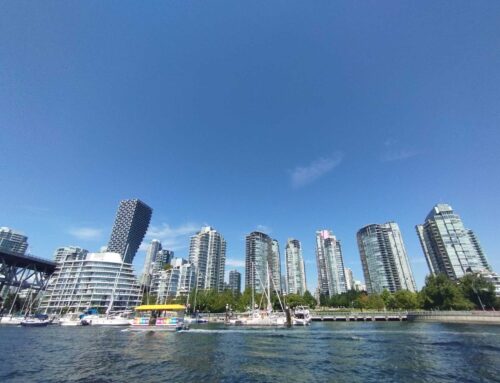

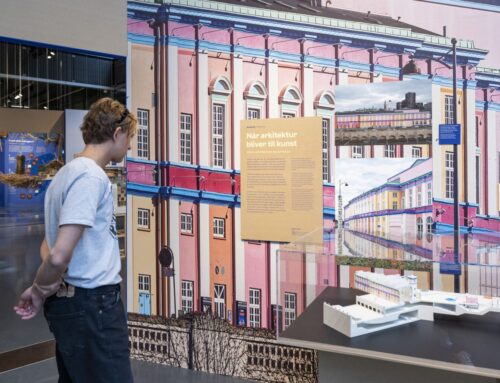

Leave A Comment